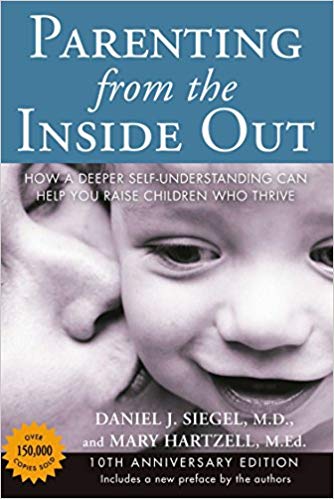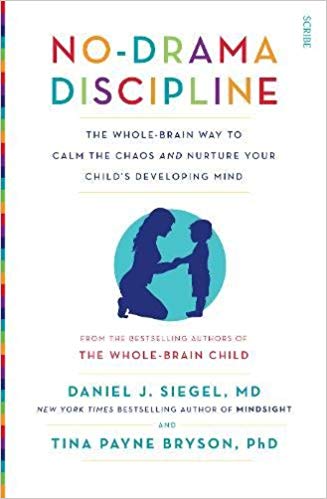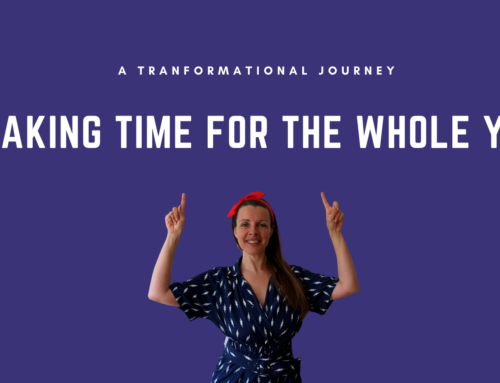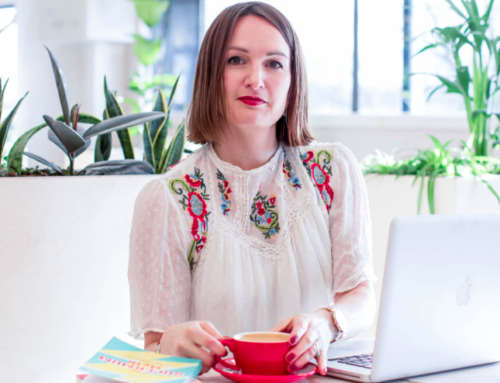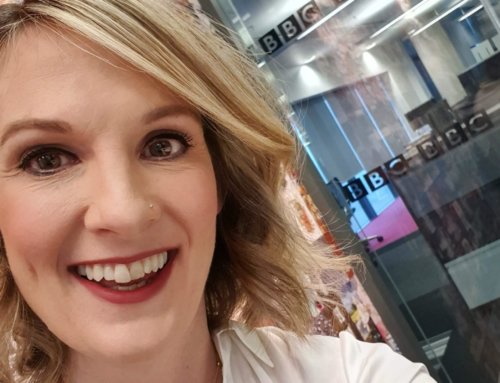My own deep personal development journey has given me a wonderful opportunity to look at my own childhood and how it affects my own parenting journey. Alongside this, I have studied Positive Discipline and learned many powerful tools to support me to be a better parent. As I go on this journey one name that comes up time and time again is Dr. Dan Siegel, an educator, neuropsychiatrist, and bestselling author so I am very excited to have the opportunity to ask him some questions.
Hi Dr. Dan Siegel, Welcome to No Mum Is An Island. I am a great believer that no mum or dad should have to do everything themselves, we can’t possibly know it all, and we need all the support we can get, there is a wealth of information out there to help us upgrade our parenting experience, to make our lives easier and this website is a hub for just that! I am a huge fan of your books and would love to ask you a few questions to inspire others to read them as part of their parenting journey.
In Parenting From The Inside Out we learn that making sense of our own childhood programming can transform our parenting experience can you explain a bit more about why this is such valuable work for parents to do on themselves.
The research on attachment is clear: Parents who have made sense of their lives, how they have reflected on their own childhood experiences and come to peace with the bad, the neutral, and the good, and have insights into how these experiences have shaped their own development as adults, have children most likely to be securely attached to them. This is basically how parents come to “be present” in their lives, open to what is happening as it is happening, inside and out.
What would you recommend to parents who are ready to delve deeper into their own childhoods but are not sure how to start?
Parenting from the Inside Out is a guide that helps parents, step-by-step, to explore their memories, their emotions, their current patterns of communicating, and other central aspects of our lives that influence how we are present—or not—for our children. That parental presence is the key feature to helping our children develop a secure attachment.
Our relationships with our children can be hugely challenging, in your book Whole Brain Child you reveal why understanding child developmental challenges with brain activity can make this a much smoother journey. For those who have not read your book can you give us a brief explanation of how this works?
How we interact with our children from a place of presence that is informed by how our relationships will shape a child’s developing brain are key elements to bringing secure attachment to your child. In The Whole Brain Child, we focus on a process called, “integration”—the linkage of differentiated parts of a system—and how interpersonal integration can help cultivate internal, neural integration in the child. It turns out that when our children develop an integrated brain, how the “whole brain” is honored in its differentiated parts and then linked together, then the optimal growth of the child unfolds.
How can we help your child to start using its whole brain?
By promoting integration in your parenting, you will have the key foundation for helping your child bring their “whole brain”—their integrated body-based nervous system—into growth. Integrative parenting has basic steps we outline in our work, beginning with the framework that how you communicate with your child actually shapes the structure of your child’s developing brain. When that communication is integrative—and we teach how to do this with practical examples for each of the applications of this fundamental principle—you then can see the outcome of this approach.
Tantrums must be one of parent’s biggest frustrations can you touch on why they happen and share your strategies for managing these meltdowns?
When a child is upset and entering a chaotic or rigid meltdown state, they are no longer integrated. When that arises, the first step is to “connect” before you attempt to redirect. This allows the child to “feel felt” by you, having them be a part of a larger “we” than just an isolated individual in a tantrum, and helps them begin to regain regulation. Regulation comes from integration, and as a parent, if you see the child’s maturing brain as needing assistance at times to regain the integrative regulation that will be missing in certain situations, then you may come to find these previously overwhelming and distressing moments are instead opportunities for deeper growth and learning.
In No Drama Discipline you explain that punishment is a dead-end strategy. Can you explain why that is and give some examples of tools we can use instead?
Discipline means to teach, and not to punish. When we teach, we are thinking about development, in the long run, offering communication and connection that facilitates the learning not only of knowledge, but of skills. These skills are life-long gifts that discipline-as-teaching offers to children. One example of a tool we use is called “reflective dialogues” and it refers to the building of mindsight skills—the ways we come to sense the inner mental life of “self” within us or “other” in people. These reflective dialogues invite parents to discuss the inner experience beneath the behaviors of a child, SIFTing the mind so that sensations, images, feelings, and thoughts, for example, become a topic of discussion. Research shows that parents who have such mindsight-based reflective dialogues develop the mentalization capacity—the ability to sense and understand the mind—so that emotional and social intelligence are enhanced, self-understanding deepened, and resilience cultivated.
Finally, can you elaborate on why it is important to foster secure attachment with our children and give us structure to build this?
In our next book, The Power of Showing Up, Tina Payne Bryson and I explore the four S’s of secure attachment. Security is important to cultivate in our children because it is a gift that keeps on giving, offering them a source of self-understanding, social skills, and resilience. The first S is being seen: We take the time to sense the mental life beneath our child’s outward behavior. The second S is being soothed: We sense our child’s distress and take action to soothe their suffering. The third S is safe: We protect our child and we do not terrify our child. If any of these is ruptured, then making a repair is crucial. With repair, security, our fourth S, is possible, in which a child as an internal model developed when the other 3 S’s are present on a reliable and consistent basis, a model that let’s them know that they have an internal world worthy of being known, that they deserve connection and comfort from others, that they can be safe and feel trust, and that their relationships can be reliable and secure. That’s why the four S’s are so important.
You can buy Dr Daniel Siegel’s books here: Parenting From The Inside Out Whole Brain Child No Drama Discipline
Visit www.drdansiegel.com
For more parenting inspiration see below:

